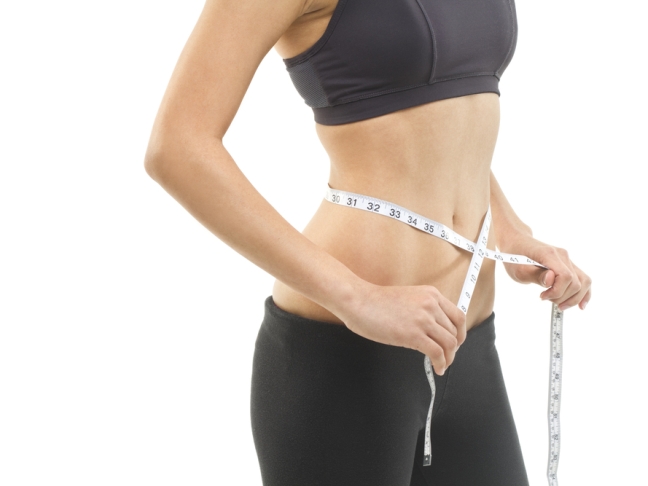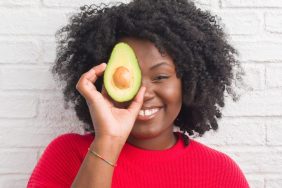What is the Paleo Diet?
This diet mimics the daily consumption of men and women during the Paleolithic era (or Stone Age). According to Dr. Loren Cordain, founder of the diet, cavemen were free from diseases that plague Westerners today, due to their intake of simple, unprocessed, whole foods; by changing our eating habits, we too, can repel illness, inflammation, and sluggishness—all while getting svelte in the process!
What Can I Eat on the Paleo Diet?
- meat
- fish
- poultry
- eggs
- fruits
- vegetables
- nuts
- seeds
- coconut
* All animal products should be pasture-fed, free-range raised in a humane sustainable environment.
What Foods are Forbidden on the Paleo Diet?
- refined sugars
- dairy products, like milk, yogurt, butter and cheese (except certain raw varieties depending on the level of Paleo you choose)
- cereal grains, like barley, wheat, corn, oats, and rice
- legumes, like beans, lentils, peas, peanuts, soybeans, and soy products
- starchy vegetables like potatoes, potato products, sweet potatoes, yams, and yucca
- cured meats, including deli meats and bacon
- pickled foods
- condiments
- any packaged and processed food
The Pros of the Paleo Diet
- Following a primitive diet may lower the risk of cardiovascular disease, high blood pressure, inflammation, help with weight loss, reduce acne, and promote good health.
- Eating organic plant foods, wild-caught fish, and grass-fed meats are the most nutritious varieties of animal protein and the least impacted by herbicides, pesticides, and hormones.
- Legumes, grains, and other starches (potatoes and yams) contain high levels of antinutrients that may block digestion, cause inflammation and, in some cases, lie at the root of autoimmune diseases and cancer. Eliminating these antinutrients is beneficial for digestion and total health.
- Diets low in refined carbohydrates are typically higher in fat and protein, and loaded with fiber-filled vegetables, which keep you full longer because fat and protein are more filling than low-fat grain. This means that on this diet you will be less hungry between meals and less likely to snack on empty calories.
- With a lower carb intake, the body uses fat stores to breakdown for fuel, which means you burn fat on this diet.
- Energy and mood swings caused by a diet high in processed carbs and sugars are avoided on the Paleo diet. Meats, vegetables and fruits, which digest slower than refined carbs, keep energy and blood sugar levels stable throughout the day.
The Cons of the Paleo Diet
- We’ve grown used to a diet including whole grains, dairy and legumes. These foods can be very inexpensive, widely available and extremely portable unlike the foods on the Paleo diet.
- The Paleo diet is difficult to follow without careful planning. Wild game is not readily available, most plant food sources are cultivated, not wild, and most meats found in local supermarkets are domesticated, not free-range
- Those unwilling or unable to add significantly more vegetables into their diets, may rely heavily on protein and fat, missing the ability to get enough fiber and other important nutrients in their daily eats.
- Grass-fed beef, free-range chicken and eggs, and organic produce can be more expensive than the domesticated varieties.
- Eating on the go becomes challenging without planning. Many of the prepared, portable snack/takeaway foods you find in a regular supermarket are processed and/or contain grains
If you do decide to try the Paleo diet, keep this in mind: we each have a different genetic makeup, metabolism and each respond in a unique to the foods we eat. What works for some may not work for all. When embarking on any new diet, first, get the information you need to make an educated choice. After that, trust what your body is telling you and respond/adjust accordingly to create your best body and health.
Paleo Diet Resources
Should you decide to try the Paleo diet, there are some great resources available. Become familiar with the work of the following authors:
Should you choose to try your own form of healthy eating, well that’s fine too. The most important way to improve your diet is by kicking sugar to the curb, limiting processed foods and eating more whole, nutrient dense real food. Your body will let you know how you’re adjusting to the new changes.
Sources:
http://www.webmd.com/diet/features/diet-review-the-caveman-paleo-diet
http://www.ajc.com/news/lifestyles/health/debunking-diets-paleo-pros-and-cons/nRG36/
http://www.livestrong.com/article/201708-what-are-the-pros-cons-of-the-paleo-diet/








